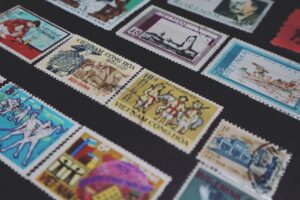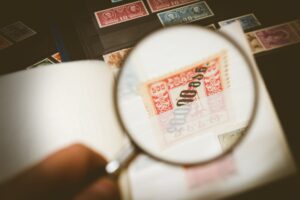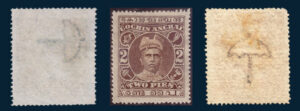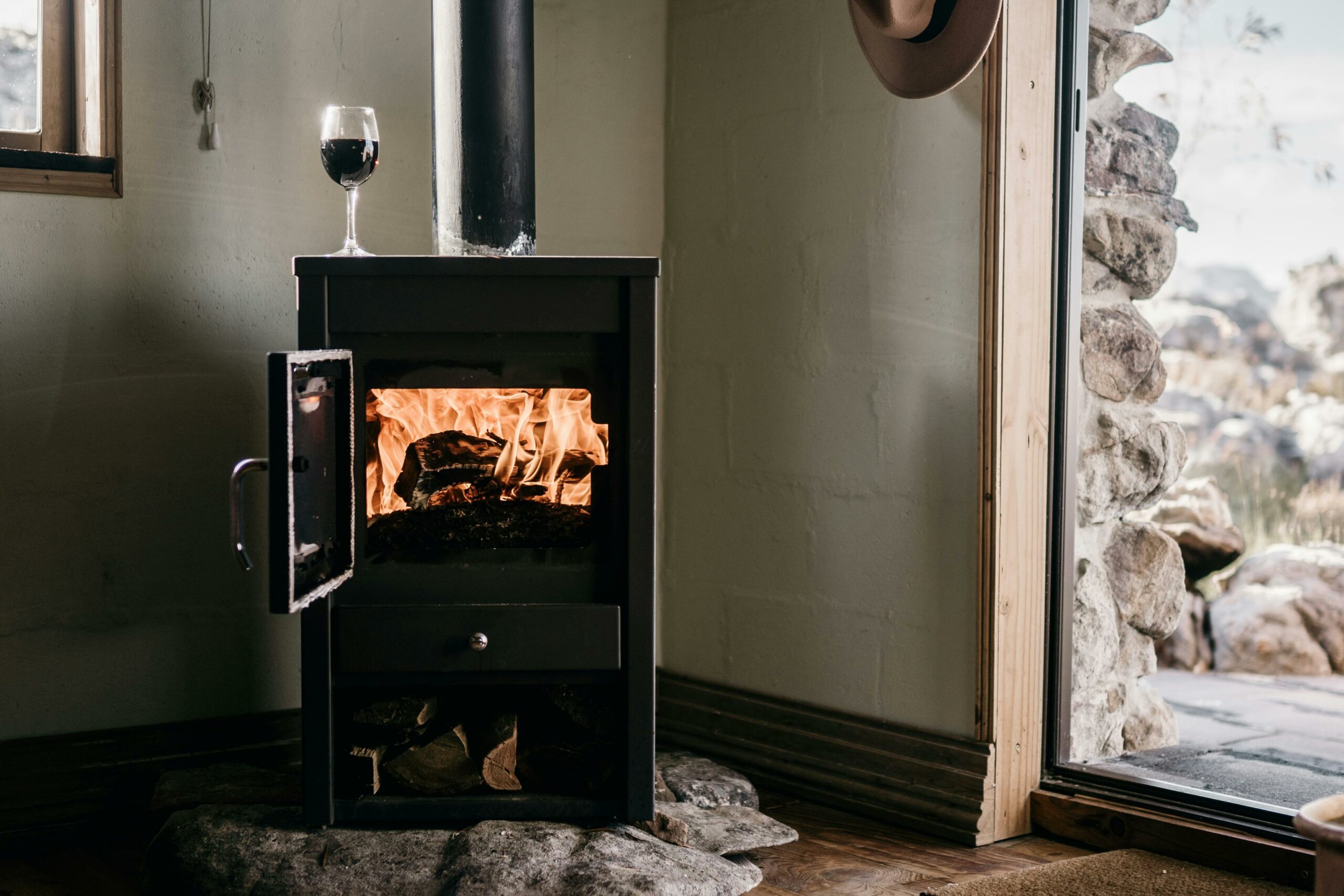A stamp is a small, adhesive little piece of paper. Yet, for some, they are a passion and a source of wealth. The most expensive stamp in the world was sold for $9.5 million. So, if you are hoping to identify a rare stamp in your collection, read on.
1. Use stamp collecting books
Stamp collecting books are a great resource you can use to evaluate your stamps. Stamp catalogues and price guides provide a wealth of information, such as the year and current market value for a specific stamp. You can purchase these books or borrow them from your local library. If you know of any stamp collectors or experts, use them to your advantage as well.
2. A perforation gauge is a useful stamp collecting tool
A perforation gauge is a tool used to measure the size of the tiny holes that surround the edge of the stamp. Two things will determine the value of a collectable stamp. First, the condition of the perforations themselves and second, how well the apertures frame the stamp’s image. Obviously, the better the condition of the perforations and the more centered in the image, the greater the value of the stamp.
3. Use a magnifying glass to examine the stamps
You will find that there are stamps that differ from each other only in small detail, for example, a dot or a line. This is why a magnifying glass is handy and a stamp collector’s most valued tool. For stamps that are very difficult to identify, use a standing high power magnifying glass or one built into a headband. These normally come with a light source to make viewing clearer.
4. Look out for watermarks
A watermark is a mark on a stamp that you usually can’t see with the naked eye, but it is easy to find if you use watermark detection fluid. This fluid is non-toxic and safe to use on stamps. Watermarks are very useful as they tell you more information about the stamp. So how do you use the watermark detection fluid? It’s very simple. You will need a watermark tray (it needs to be black so that you can easily identify the watermark), the detection fluid and a pair of tongs. Place the stamp face down on the tray and slowly add the fluid. You should see the watermark straight away.
Stamp collecting can grow from interest to passion. You never know, you might be the owner of a fairly valuable stamp, use these tips to find out.













